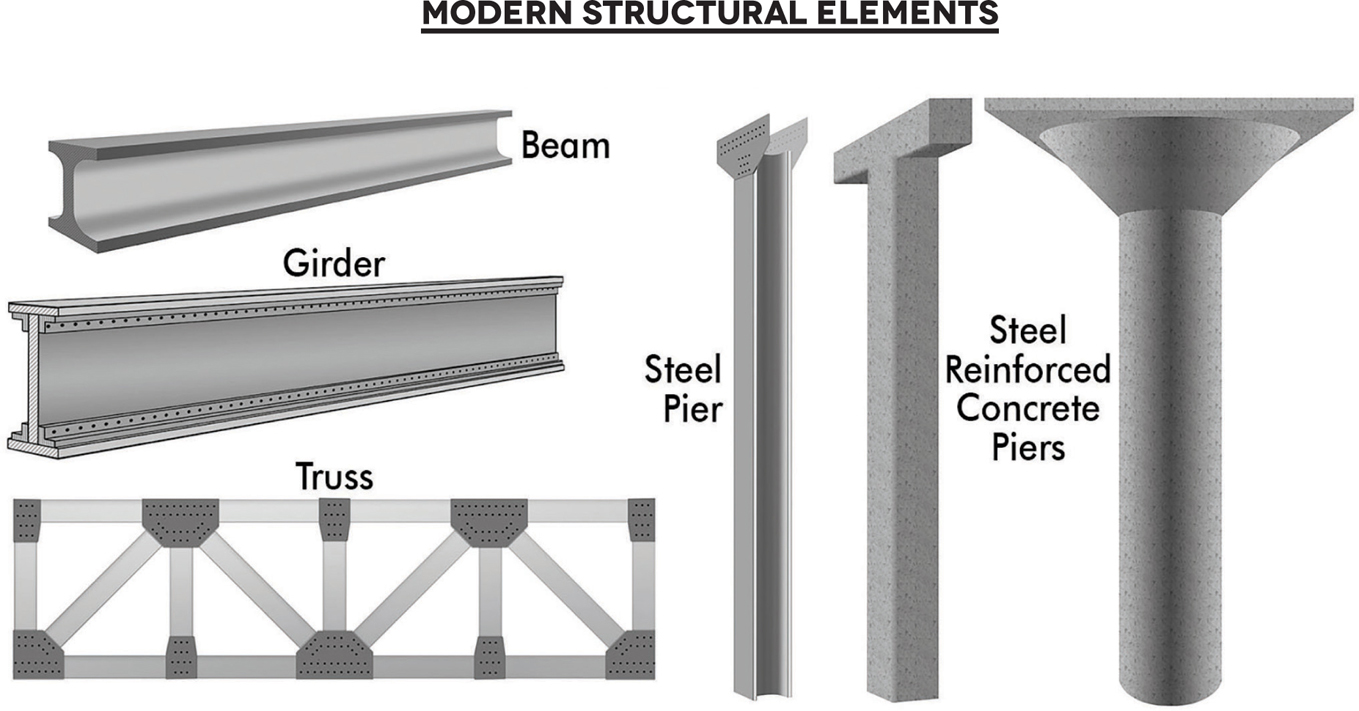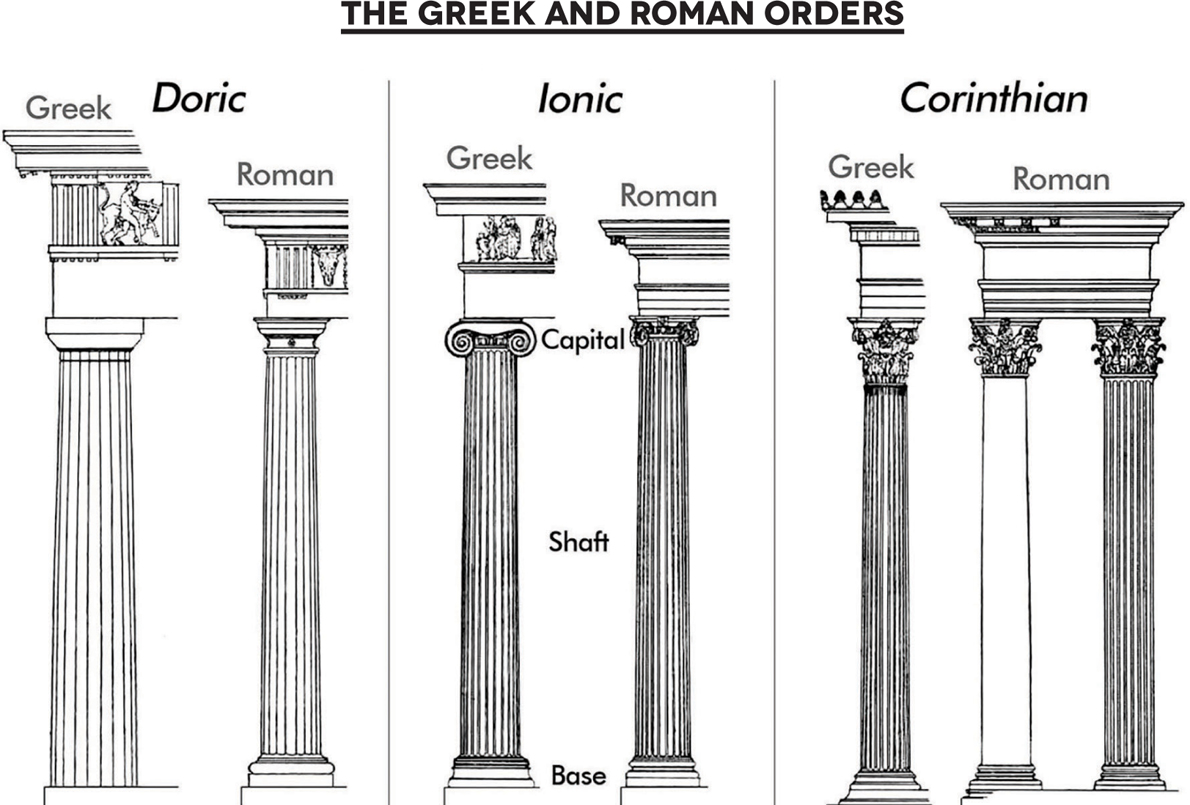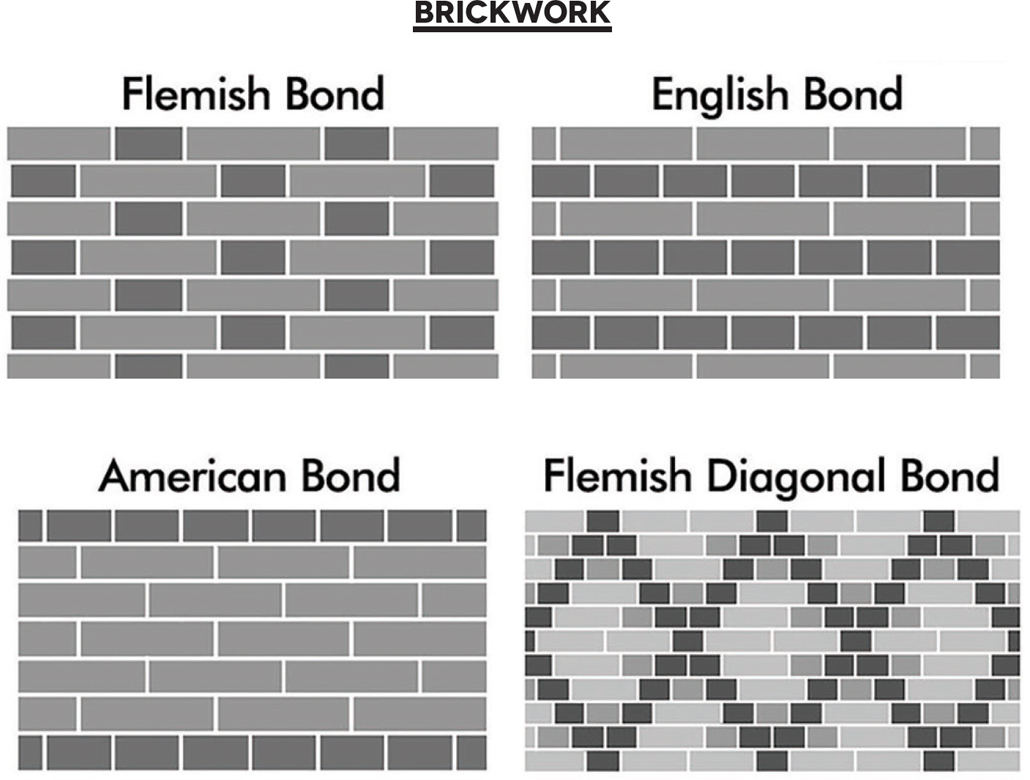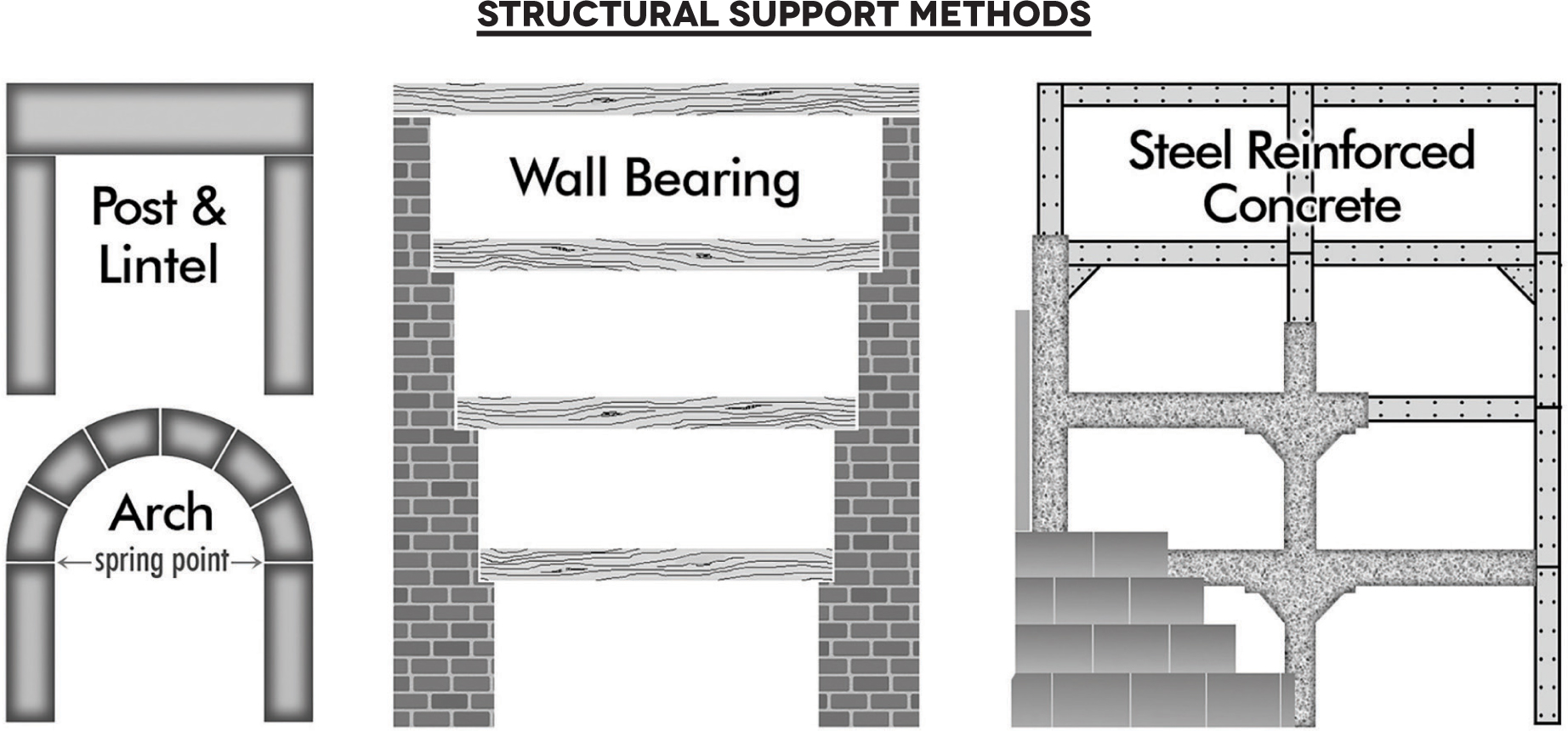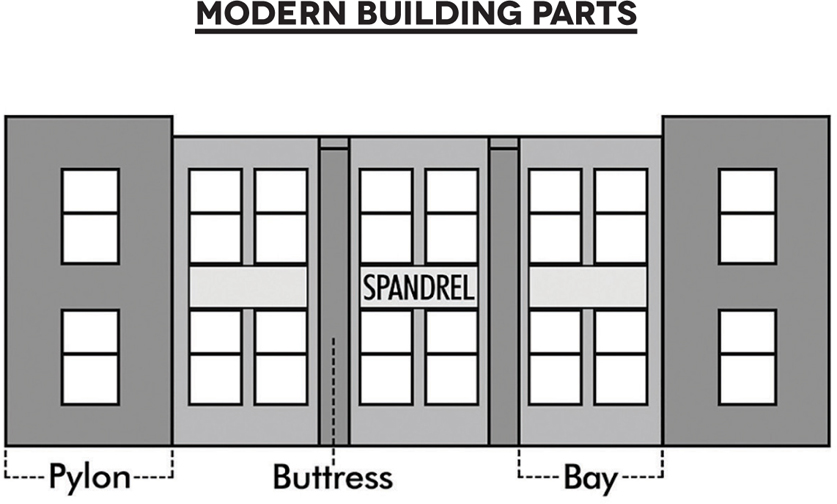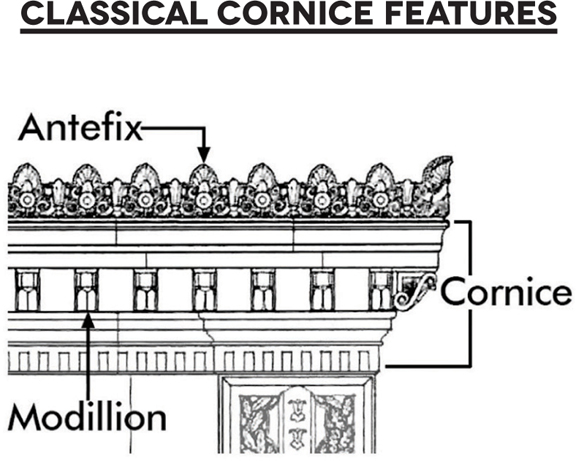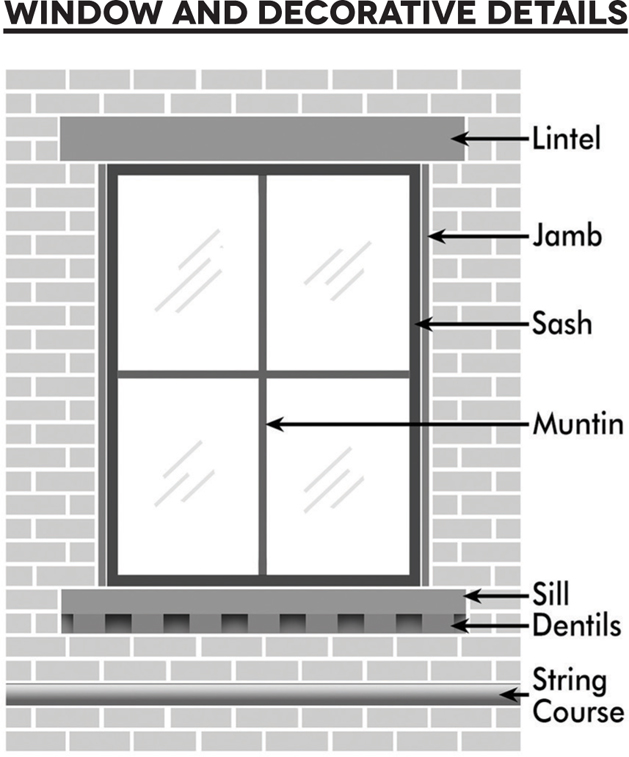Michael G. Smith - Designing Detroit: Wirt Rowland and the Rise of Modern American Architecture
Here you can read online Michael G. Smith - Designing Detroit: Wirt Rowland and the Rise of Modern American Architecture full text of the book (entire story) in english for free. Download pdf and epub, get meaning, cover and reviews about this ebook. year: 2017, publisher: Wayne State University Press, genre: Detective and thriller. Description of the work, (preface) as well as reviews are available. Best literature library LitArk.com created for fans of good reading and offers a wide selection of genres:
Romance novel
Science fiction
Adventure
Detective
Science
History
Home and family
Prose
Art
Politics
Computer
Non-fiction
Religion
Business
Children
Humor
Choose a favorite category and find really read worthwhile books. Enjoy immersion in the world of imagination, feel the emotions of the characters or learn something new for yourself, make an fascinating discovery.
- Book:Designing Detroit: Wirt Rowland and the Rise of Modern American Architecture
- Author:
- Publisher:Wayne State University Press
- Genre:
- Year:2017
- Rating:4 / 5
- Favourites:Add to favourites
- Your mark:
Designing Detroit: Wirt Rowland and the Rise of Modern American Architecture: summary, description and annotation
We offer to read an annotation, description, summary or preface (depends on what the author of the book "Designing Detroit: Wirt Rowland and the Rise of Modern American Architecture" wrote himself). If you haven't found the necessary information about the book — write in the comments, we will try to find it.
In the early 1900s, Detroit was leading the nation in architectural innovation and designer Wirt Rowland was at the forefront of this advancement, yet few are even aware of his substantial contribution to the evolution of architectural style. It is widely believed that celebrated local architect Albert Kahn designed many of Detroits structures, such as the General Motors and First National Bank buildings. In fact, while Kahns efforts were focused on running his highly successful firm, it was Rowland, his chief designer, who was responsible for the appearance and layout of these buildings-an important point in appreciating the contributions of both Kahn and Rowland. During the early twentieth century, Rowland devised a wholly new or modern design for buildings, one not reliant on decorative elements copied from architecture of the past. As buildings became more specialized for their intended use, Rowland met the challenge with entirely new design methodologies and a number of improved technologies and materials that subsequently became commonplace.
Designing Detroit: Wirt Rowland and the Rise of Modern American Architecture begins with a brief overview of Rowlands early life and career. Author Michael G. Smith goes on to analyze Rowlands achievements in building design and as a leader of Detroits architectural community throughout both World Wars and the Great Depression. The interdependence of architecture with the citys fluctuating economic prosperity and population growth is explored, illuminating the conditions for good architecture and the arts in general. The author identifies the influence of Jay Hambidges dynamic symmetry in Rowlands work and how it allowed him to employ color as a modern replacement for traditional ornamentation, leading to the revolutionary design of the Union Trust (Guardian) Building, for which he receives nearly unanimous praise in national media. This book is concerned primarily with Rowlands influence on Detroit architecture, but spans beyond his work in Michigan to include the designers broad reach from New York to Miami. A comprehensive appendix includes extensive lists of Rowlands publications, locations he had designed, and jobs taken on by his firm during his tenure.
This book represents new research and insights not previously discussed in either scholarly or general audience texts and will be of interest to casual readers of Detroit history, as well as architecture historians.
Michael G. Smith: author's other books
Who wrote Designing Detroit: Wirt Rowland and the Rise of Modern American Architecture? Find out the surname, the name of the author of the book and a list of all author's works by series.


















